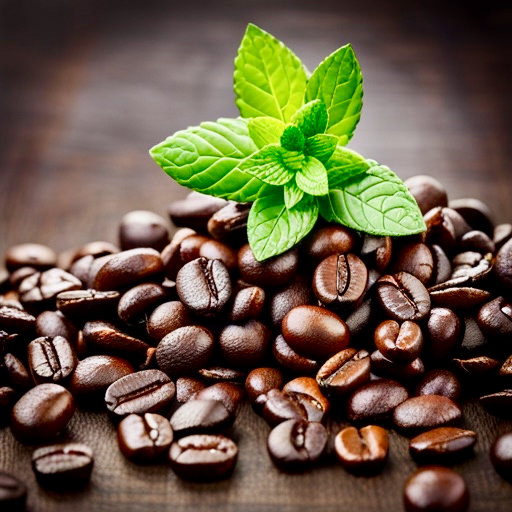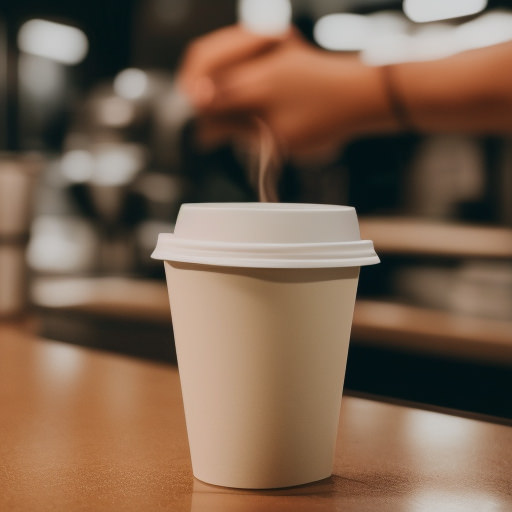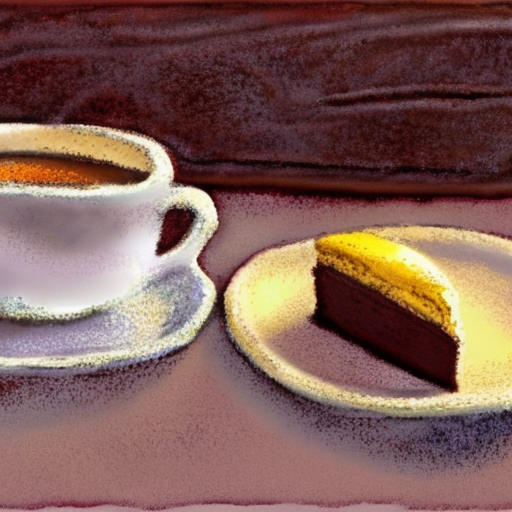Coffee is often considered as a staple drink of the day – a cup in the morning, another at lunch, and possibly even more throughout the day. For most people, coffee is a way of life, and they are always in search of newer ways to make their experience with it even better. If you are one such coffee lover, then you will be happy to know that you can add an extra something to your regular coffee routine by introducing mint and other herb enhancers to it. It is not only a simple way to enhance the flavor and aroma, but it is also healthy for you. So, let’s explore some of the best herb add-ons that you can use with your coffee.
Mint – The most popular herb that people use to enhance their coffee is mint. It not only refreshes your senses, but it also benefits your health. You can use fresh or dried leaves, or even peppermint oil. Add a few fresh leaves or oil to your ground coffee beans, and brew them together. It’s a great way to make a refreshing cup of coffee that will help you relax and reduce stress.
Cinnamon – Cinnamon is another great additive that you can use with coffee. It has a sweet fragrance and adds a mild sweetness to your coffee, making it a perfect substitute for sugar. Cinnamon also improves insulin function in your body and regulates blood sugar levels, so it is an ideal choice for diabetics.
Vanilla – If you love the taste of creamy coffee, but don’t want to add extra milk or cream to it, then vanilla is a perfect choice for you. It has a warm, sweet aroma that will make your coffee taste like a dessert. You can use vanilla extract or vanilla beans to add flavor to your coffee.
Ginger – Ginger is another popular herb that you can add to your coffee to enhance its flavor. It has a unique spicy flavor that adds a distinct kick to your coffee. Ginger also helps reduce inflammation and relieves pain, making it ideal for people with arthritis.
Rosemary – Rosemary is another herb that you can use with your coffee. It has a mild and aromatic scent that complements the flavor of coffee. Rosemary also boosts memory, enhances mood and reduces stress.
Spice up your coffee routine with these herb enhancers and take your coffee experience to the next level. Not only will they add new flavors and aromas to your coffee, but they will also benefit your health as well. Try these herbs in your next cup of coffee and see the difference it can make. So go ahead, experiment, and savor a cup of coffee that is not just refreshing but also indulgent.
Please note that if you purchase from clicking on the link, some will result in my getting a tiny bit of that sale to help keep this site going.





